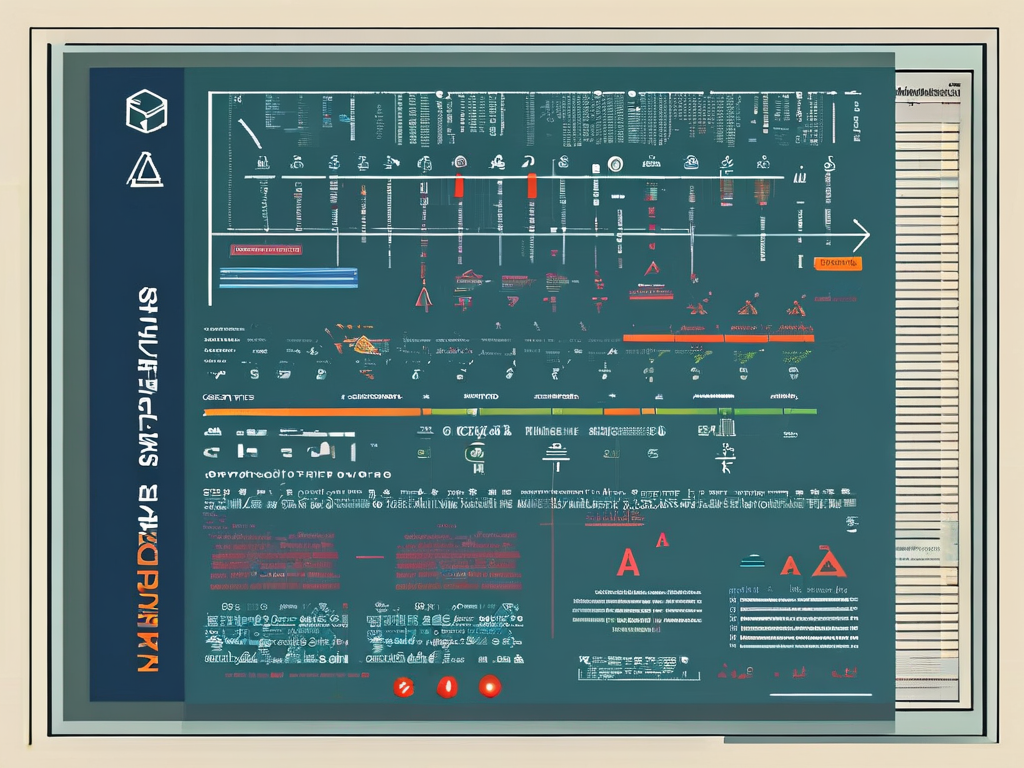Syntax-directed translation (SDT) forms the backbone of modern compiler construction, bridging abstract programming language specifications with executable machine code. This mechanism embeds semantic rules directly within grammar productions, enabling automated generation of intermediate representations during parsing. Unlike conventional translation methods, SDT establishes a systematic approach where syntax analysis and semantic processing occur in lockstep, offering both structural elegance and operational efficiency.

At its core, SDT operates through attribute grammars – extended context-free grammars augmented with semantic attributes and computation rules. Consider a simple arithmetic expression grammar:
Expr → Expr '+' Term { $$ = $1 + $3; }
Term → Term '*' Factor { $$ = $1 * $3; }
Factor → '(' Expr ')' { $$ = $2; } | NUMBER { $$ = $1; }
Here, synthesized attributes (denoted by $$) propagate values upward through parse tree nodes, while inherited attributes (not shown) enable downward information flow. This dual-directional attribute handling allows compilers to perform type checking, symbol table management, and code generation without multiple tree traversals.
Practical implementations leverage parser generators like Yacc or Bison, which automatically integrate semantic actions into shift-reduce parsing routines. During LR parsing, when a production reduces, its associated semantic action executes immediately. For instance:
expression : expression '+' term
{ $$ = $1 + $3; emit("ADD R%d, R%d", $1, $3); }
This snippet demonstrates simultaneous expression evaluation and target code emission. The emitted assembly instructions (pseudo-code) showcase how SDT enables context-sensitive translation while maintaining grammatical structure.
Two predominant SDT implementation strategies exist:
- Rule-by-rule translation: Attaches semantic actions to specific grammar rules
- Visitor pattern: Separates syntax traversal from semantic operations through callback functions
Modern language processors frequently combine both approaches. JavaCC, for example, permits embedded Java code within grammar specifications while supporting abstract syntax tree (AST) decoration via visitor classes. This hybrid model enhances maintainability by isolating syntactic concerns from semantic processing.
Challenges in SDT implementation include:
- Managing inherited attributes in LALR parsers due to lookahead limitations
- Handling circular dependencies in attribute computations
- Optimizing memory usage for synthesized attribute storage
Advanced solutions employ dynamic programming techniques for attribute evaluation ordering and use dependency graphs to resolve computation sequences. Commercial compilers like LLVM Clang demonstrate these optimizations through their syntax-directed IR generation pipelines.
Real-world applications extend beyond traditional compilers. Domain-specific language (DSL) tools, configuration validators, and data format converters all utilize SDT principles. The JSON schema validator ajv employs attribute grammar concepts to verify document structure while simultaneously computing data metrics.
As programming paradigms evolve, SDT adapts to new requirements. WebAssembly's validation phase implements syntax-directed type checking, ensuring linear memory access patterns while generating optimized binary formats. This demonstrates SDT's continued relevance in modern runtime systems.
For developers implementing custom translators, best practices recommend:
- Starting with S-attributed grammars (using only synthesized attributes)
- Gradually introducing inherited attributes for complex context handling
- Validating attribute dependencies using directed acyclic graph (DAG) analysis
- Implementing memoization for frequently computed attributes
The future of SDT lies in parallel attribute evaluation. Research prototypes like JastAdd demonstrate multi-threaded attribute computation in Java compilers, potentially revolutionizing translation speed for large codebases.
In , syntax-directed translation remains indispensable in language processing systems. Its tight integration of structure and semantics provides both theoretical rigor and practical efficiency, forming the conceptual framework that powers everything from Python interpreters to smart contract verifiers.









